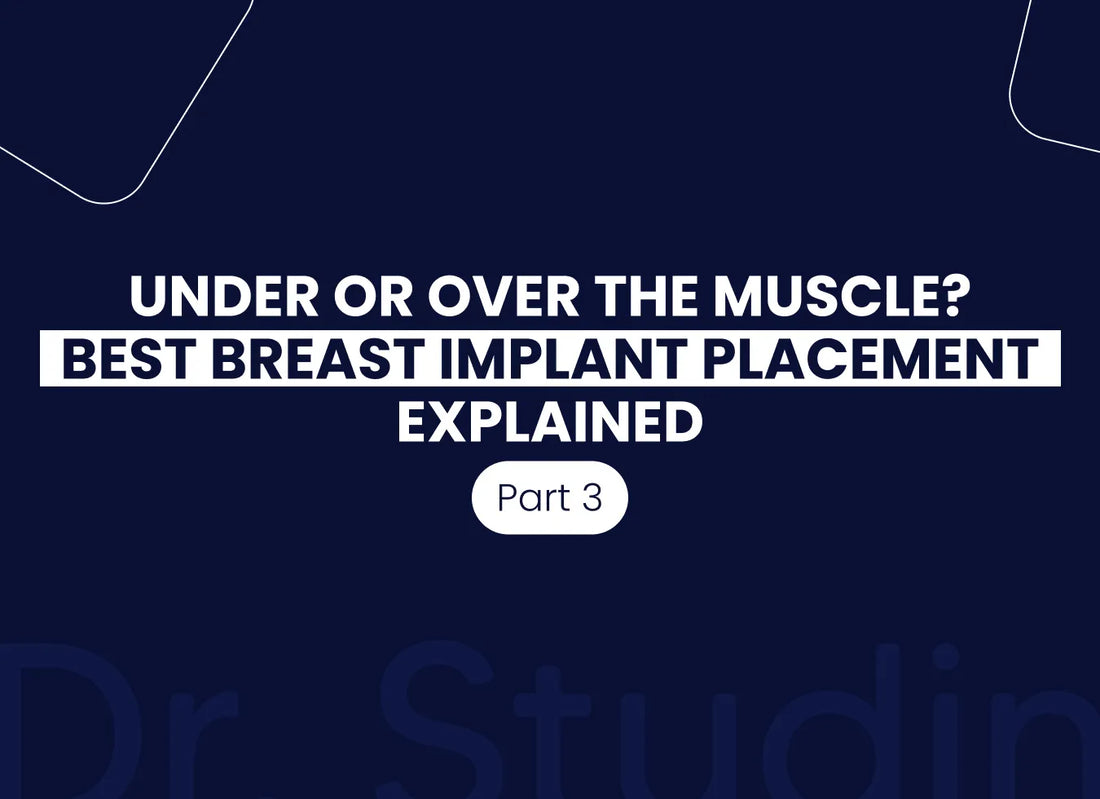
Understanding Unique Cases in Breast Implant Placement
While placing breast implants beneath the muscle—commonly known as submuscular placement—is a widely accepted technique due to its natural-looking results and reduced risk of certain complications, it is not always the ideal option for every patient. There are instances in which anatomical factors or aesthetic goals suggest that placing the implant above the muscle might yield a more harmonious outcome. These are not common situations, but when they do arise, they require careful evaluation and expert judgment.
One of the key concerns with submuscular placement in certain patients is the potential development of what's known as the "double bubble" effect. This occurs when the breast tissue slightly sags but not enough to warrant a surgical lift. In such cases, placing an implant under the muscle can result in the implant sitting too high on the chest while the natural breast tissue droops over it. This creates a visibly divided contour that looks unnatural and can be difficult to correct once it occurs.
To avoid this issue, a surgeon might consider placing the implant above the muscle instead. This over-the-muscle technique allows the implant to align more naturally with the existing breast tissue, supporting a smoother, more continuous curve that better matches the patient’s unique anatomy. Though not as frequently used, this approach can offer the most aesthetically pleasing result in specific scenarios.
As with any cosmetic procedure, choosing the right technique depends on a thorough understanding of the patient's body and desired outcomes. Surgeons must take into account the degree of breast drooping, the thickness of the tissue, skin elasticity, and overall chest structure before making a recommendation. It’s essential that patients seek consultation from a board-certified plastic surgeon with substantial experience in breast augmentation procedures. For example, professionals like Dr. Joel Studin are known for carefully evaluating such exceptions and selecting the method that best enhances the patient’s natural appearance.
Ultimately, while under-the-muscle placement remains the standard for most cases, over-the-muscle placement deserves recognition as a valid, sometimes preferable, alternative in specific patient profiles. Recognizing these nuances ensures both a beautiful result and patient satisfaction.